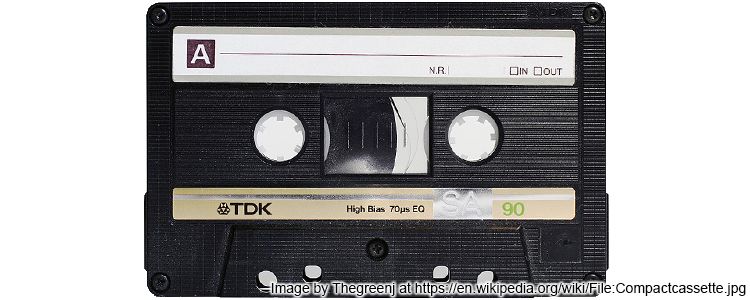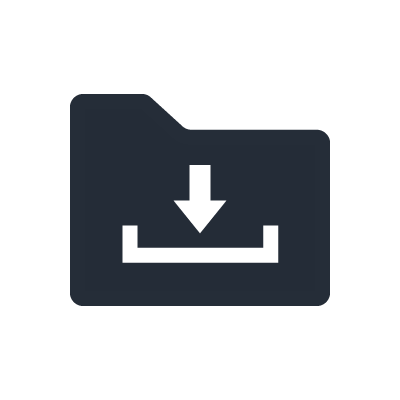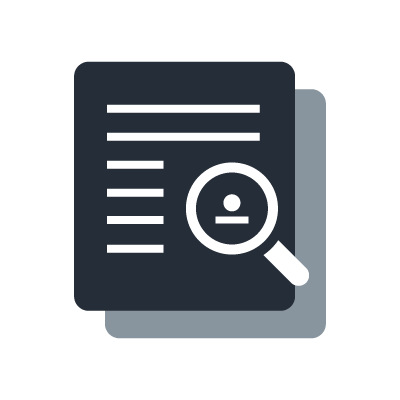DIGITAL VS ANALOGUE: A LIFE CHANGING EXPERIENCE - BY ROBIN JOHNSON

Two weeks ago, Christoph Haertwig wrote about how the transition from analogue to digital audio has affected the professional recording industry. This time, I hope to complement those words with the view from the amateur audio world…
When I left school, in the mid-1980s, all I knew was that the only subject I was any good at was English and that I wanted to play bass guitar (although I had never even picked one up). When you’re young, it’s amazing how much you seem to be able to pack into every day and I spent the next couple of years in a blur of self-taught learning. I learned how to play instruments, how to write music and lyrics, how to put bands together, how to cope when they fell apart, dealing with egotistical guitarists and argumentative drummers, vans that regularly broke down 200 miles from home, venues that tried to rip you off and many other things - all the while holding down a day job and not being overly bothered about a little thing called sleep.
This was also the era of Yamaha DX series FM synthesisers, the Roland D series and many other sonic delights. Being in a band always meant being penniless, so much time was spent hanging around music shops, emerging several hours later with a couple of plectrums and a few brochures. But all the time I was soaking up every single, tiny piece of knowledge that I could.
It seems impossible now, but back then the Holy Grail of every aspiring local band was The Demo. Either a four-track Portastudio (or, if you were flash, eight track studio) tape recording, bounced to within an inch of its life and lovingly duplicated to numerous stereo cassettes, which were then physically taken to as many venues as possible to try and get a gig.
It wasn’t many years before the process of writing and recording songs - and the physics and psychology of sound - interested me far more than the prospect of yet another argument with the singer over the mysteriously-vanishing rider (i.e. four cans of Heineken and a couple of packets of crisps).
Still penniless, my first ‘multi-track’ home recording rig comprised a cheap twin-deck cassette recorder, a Y cable, a Yamaha MR10 drum machine and a very battered, secondhand DX27 synth. The process was to record bass guitar and drum machine on a cassette… put that cassette in the other (playback) deck and a fresh blank cassette in the recording deck.. overdub the keyboards and backing vocals through the Y cable and 3.5mm line input socket… put that cassette in the playback deck and another fresh cassette in the record deck… then overdub the guitar and lead vocals through the Y cable and 3.5mm socket.
It was incredibly primitive. By the time it was finished, the drum machine and bass had virtually disappeared, but it was fantastically good fun and I cannot stress enough how valuable it was as a learning experience.
(As an aside, one - in some ways rather sad - difference between the analogue and digital worlds of local bands and amateur musicians is that the expression ‘recorded through a sock’ has vanished from the English language).
In due course a Fostex four-track cassette recorder was followed by an early Apple Macintosh with a MIDI interface and a piece of software named Logic 2, by a little-known German company called Emagic. Like Mr Steinberg’s technology, Logic was an early version of what would become known as digital audio workstations - or DAWs - although back then it was almost unrecognisable from what we now know as Apple’s Logic Pro X. Nevertheless, for me MIDI sequencing was a real eye-opener after years of recording everything on cassette!
But much more was to come and, by the time the digital audio revolution got into full swing, I had joined the sound industry professionally. Around the turn of the century I interviewed many live and studio engineers for whom the phrase ‘analogue warmth’ was muttered like some sort of mantra, I witnessed the Yamaha PM1D’s (initially faltering) emergence into the spotlight and watched as outboard racks got progressively smaller and smaller, to the point where nowadays many live engineers have dispensed with them altogether.
The change for the amateur musician/songwriter and enthusiastic home recordist has been no less seismic. What nowadays anyone can do with an iPad and an app was simply unimaginable to my 30 years younger self, as I wrestled with Y cables and reams of audio cassette tape that had been chewed up by the mechanism.
Even the simplest thing - like being able to instantly hum a line of melody or a rhyming couplet into your smartphone the moment they occur, rather than the old way of having to sing them continually to yourself until you could get to a pen and paper and write them down - has been transformed.
Every now and then I still drag some of the old demos out (of course long since transferred to digital!), to remind myself of how incredibly lucky we are now. Indeed, the very word ‘demo’ now sounds somewhat pejorative, given what is now possible.
However, as Christoph noted, none of this is a substitute for good, old fashioned hard work. In the early days of mass computerisation, the expression GIGO - standing for Garbage In, Garbage Out - was in common use. Unlike ‘recorded through a sock’, GIGO is still every bit as relevant today. There is also a more earthy version which begins “You can’t polish a…”
Despite how radically digital audio has changed the world of everyone who engages with or consumes sound, when it comes to writing and production, no amount of processing power lurking within your smartphone, tablet or laptop will ever make a poor idea sound like anything other than… a poor idea. In that regard, nothing at all has changed.






